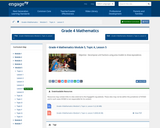
In this lesson, students will decompose unit fractions using area models to show equivalence.
- Subject:
- Mathematics
- Material Type:
- Lesson Plan
- Provider:
- EngageNY
- Author:
- Engage NY
- Date Added:
- 04/23/2019

In this lesson, students will decompose unit fractions using area models to show equivalence.
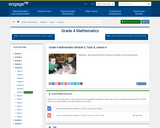
In this lesson, students will decompose fractions using area models to show equivalence.
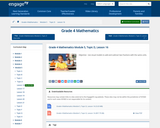
In this lesson, students will use visual models to add and subtract two fractions with the same units.
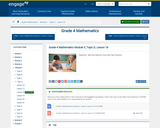
In this lesson, students will add and subtract more than two fractions.

In this lesson, students will use visual models to add two fractions with related units using the denominators 2, 3, 4, 5, 6, 8, 10, and 12.
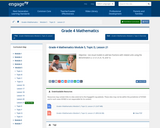
In this lesson, students will use visual models to add two fractions with related units using the denominators 2, 3, ,4, 5, 6, 8, 10, and 12.
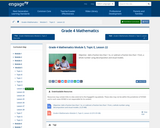
In this lesson, students will add a fraction less than 1 to, or subtract a fraction less than 1 from, a whole number using decomposition and visual models.
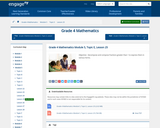
In this lesson, students will decompose and compose fractions greater than 1 to express them in various forms.
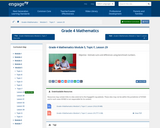
In this lesson, students will estimate sums and differences using benchmark numbers.
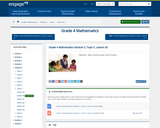
In this lesson, students will add a mixed number and a fraction.
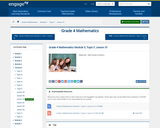
In this lesson, students will add mixed numbers.
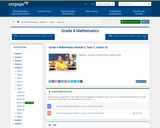
In this lesson, students will subtract a fraction from a mixed number.
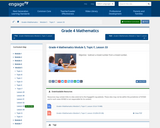
In this lesson, students will subtract a mixed number from a mixed number.
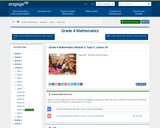
In this lesson, students will subtract mixed numbers.

In this online interactive, students solve addition or subtracting mixed fraction problems with the same denominator.

In this online interactive, students convert an improper fraction to a mixed number.
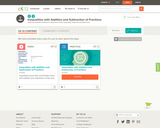
This short video and interactive assessment activity is designed to teach fifth graders about inequalities with addition and subtraction of fractions.

In this lesson students interpret fractions in which the denominator describes the number of equal parts and the numerator describes how many of those parts one has. They are also introduced to naming equivalent fractions by dividing a circle.

In this lesson, students play a game in which they try to cover up hexagons using pattern block pieces. They use equivalent fractions to make exchanges and represent the compositions with equations.

During a power failure, or when we go outside at night, we grab a flashlight so we can find our way. What happens inside a flashlight that makes the bulb light up? Why do we need a switch to turn on a flashlight? Have you ever noticed that for the flashlight to work you must orient the batteries a certain way as you insert them into the casing? Many people do not know that a flashlight is a simple series circuit. In this hands-on activity, students build this everyday household item and design their own operating series circuit flashlights.